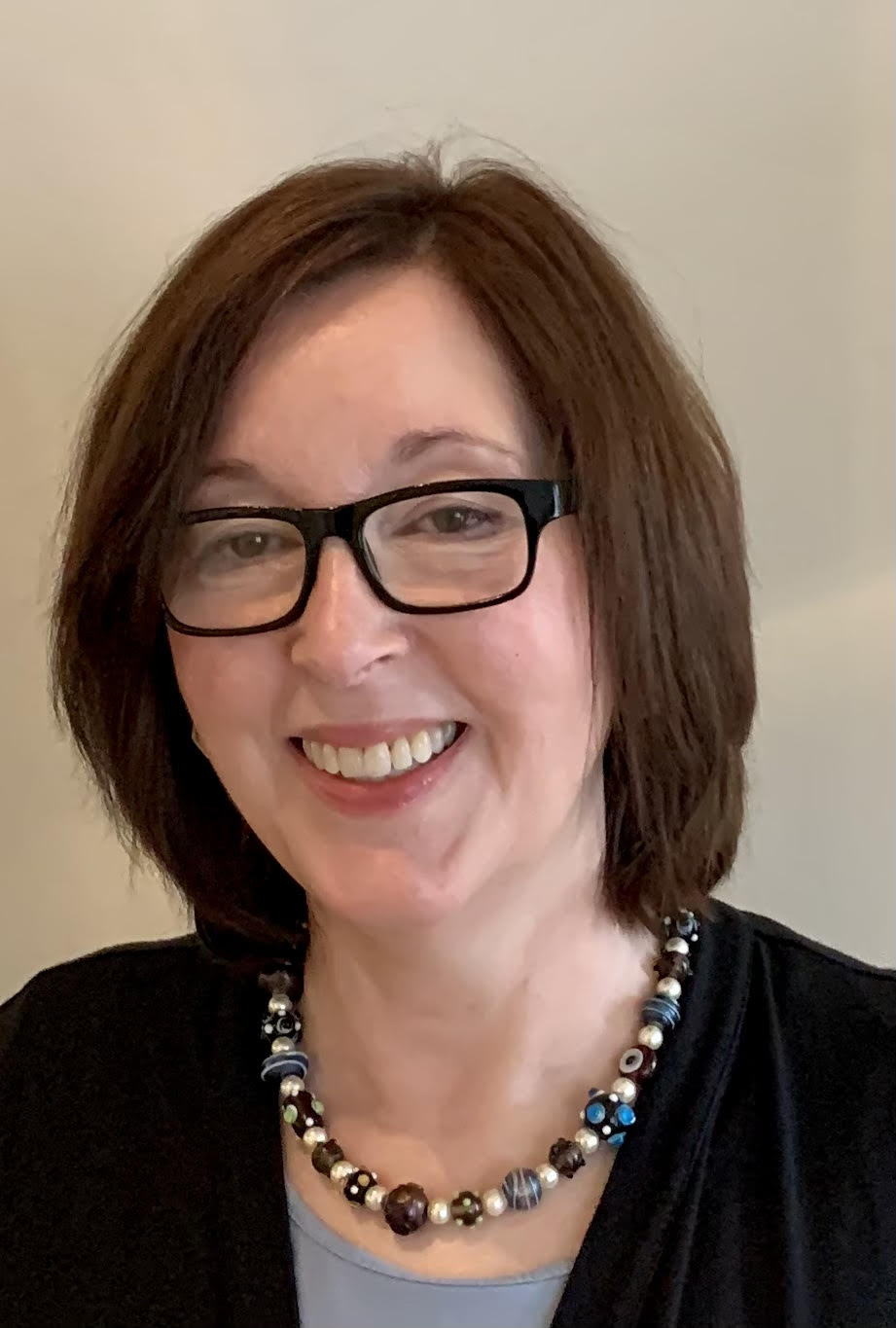In honor of Black History Month, I thought it would be interesting to explore some of the history of currency and banks specific to the Black community. As noted in a previous post, representation of one's group on currency and coin can be an important reflection of financial inclusion and diversity. The first Black woman depicted on a US coin is Maya Angelou; the quarter is now in circulation and can also be purchased at the US Mint.
One excellent resource is the Black Money Exhibit, a traveling museum exhibition that highlights over 10,000 years of Black history and features more than 300 bank notes from 80 countries and territories. The exhibit was founded and is directed by Dr. Harcourt Fuller
, a Fulbright Global Scholar and history professor at Georgia State University. The exhibit was launched in 2018 at the Auburn Avenue Research Library on African American Culture and History in Atlanta. Two of the oldest bank notes in the collection are from the Confederate States of America, c. 1861/1862. They represent enslaved people hoeing cotton on one and roasting sweet potatoes on another.
Fuller has also created an educational module for schools (K-12), a documentary about Black women on money, an exhibition companion book that provides a historical overview of currency and the depiction of Black people on bank notes worldwide, and several already-released songs from a forthcoming soundtrack to supplement the educational materials. While the exhibit is not currently on display other than on the internet, Fuller plans to collaborate with other organizations this year in the United States and several other countries to take the exhibit worldwide.
Historical focus is warranted on the founding of America's first Black banks. Why are Black-owned banks important? Two books were written by Tim Todd, a historian with the Kansas City Fed, that answers this question: Let Us Put Our Money Together: The Founding of America's First Black Banks and A Great Moral and Social Force: A History of Black Banks. As Todd notes:
"These banks were not purely a financial endeavor or a business opportunity but more importantly, were created with the primary mission of public service in mind. Community banks were catalysts in helping families and individuals establish businesses, buy homes, and pay for an education that could open the door to opportunity. In their role as pillars of the community, Black banks were involved in some of the most important race relations events in American history and during the struggle for civil rights, Black bankers were among the leaders in the Black community who spearheaded the fight for social justice."
The books are available for download or to order through the Kansas City Fed using the links above. The Kansas City Fed's educational team is developing curricula to supplement the books which can be used in schools.
Maggie Lena Walker was the first African American woman to charter a bank, which she did on July 28, 1903, in Richmond, Virginia. According to the website, the St. Luke Penny Savings Bank operated until 1930, then merged with two other Black-owned banks, the Commercial and 2nd Street, to form the Consolidated Bank and Trust Company. When it was purchased in 2005 by the Abigail Adams National Bancorp Inc., it was the oldest continually operated Black-owned bank in the country. The bank was purchased by Premier Financial Bancorp in 2009, then merged with four subsidiaries to form Premier Bank.
Based in Atlanta, Citizens Trust Bank was the first Black-owned bank in Georgia. In its 100-year history, it celebrated other firsts for a Black-owned bank by becoming a member of the FDIC in 1934 and joining the Federal Reserve System in 1947.
The history of Black money and banks provides a fascinating and necessary perspective as we continue our efforts to expand our financial diversity and inclusion initiatives.



